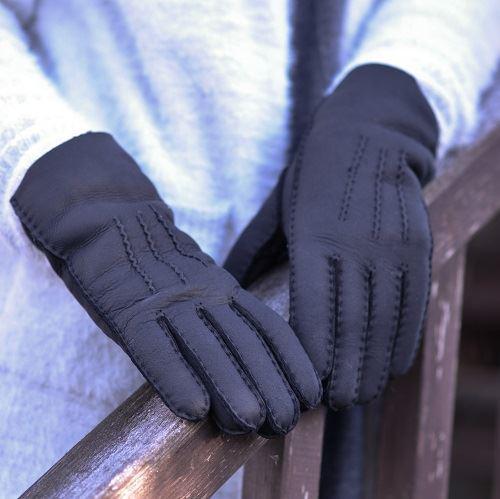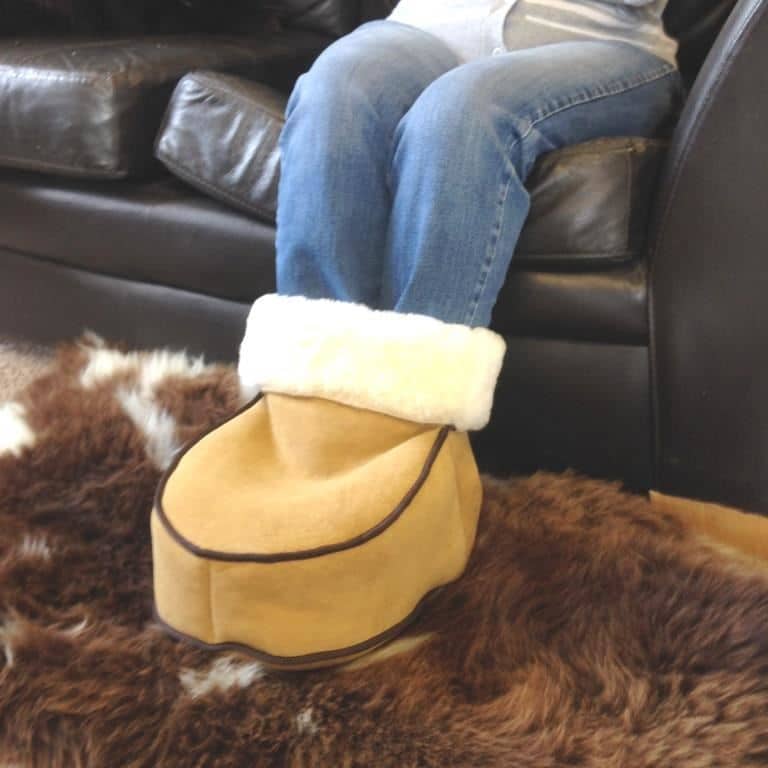King Arthur Country
Sheepland is near the hill fort of South Cadbury. Opinion is divided as to whether this is the Camelot of the legendary King Arthur. There is also much discussion as to the whereabouts of Arthur’s final resting place. Glastonbury Abbey has long claimed to be Arthur’s and his second wife’s, Guineviere’s, tomb site, but some dispute this. The reason for doubt is that in the late twelfth century, when the monks at the abbey announced the discovery of Arthur’s and Guineviere’s skeletons, the abbey was in financial difficulty. Thus, what better way of shaking down the visiting pilgrims for all they were worth than by the revelation of the revered leader’s bones?
If Arthur existed at all he was probably the commander of an elite army, not a king, in the 5th or 6th century A.D. He and his warriors supposedly led the British resistance, rebuffing the courtesy calls of the invading Saxons, Jutes and other northern European tribes. Furthermore, this would have been over 500 years earlier than the medieval legends suggest.
Much of what we imagine we know about Arthur is an invention by the 12th century French (aaagh! And Arthur a British warrior!) poet, Chrétien de Troyes. It was he who added the nice touches about the Holy Grail and Sir Lancelot. However, let us straighten out any confusion about Excalibur; it was presented to Arthur by the Lady of the Lake, whereas the sword stuck in the stone (which only the true king could extract) was a completely different weapon.
Talking of weapons, just because the 10th century Anglo-Saxon/English King Athelstan prohibited the manufacture of sheepskin shields by shieldwrights, don’t be put off luxuriating on one of our Sheepland 100% British Shearlings, which can be used, winter or summer, on chairs, wheelchairs and car seats. If you had made a sheepskin shield during Athelstan’s reign, you would have had to pay a fine of thirty shillings. As a sheep was worth a shilling in those days, this was a large sum of money, although thought to be only equivalent to fifteen pence of our present currency. The logic behind this prohibition was that cowhide made much stronger shields and Athelstan wanted the best protection possible for his soldiers.
Still lurking near Glastonbury, but dating from the 5th or early 6th century A.D. and predating Iona Abbey, founded in the 6th century, and Glastonbury Abbey, founded in the 7th century, is the Beckery Chapel. It was here in 2016 that about 50 to 60 skeletons were unearthed. The fact that all but three were adult males gave a strong indication that this was the oldest monastic site in the UK. The two juvenile males were presumed to be novices and the only female was probably a visiting nun or patroness.
The Beckery Chapel was reputedly visited by King Arthur, who saw a vision of the Virgin Mary and baby Jesus there.
Released On 29th Aug 2018


















